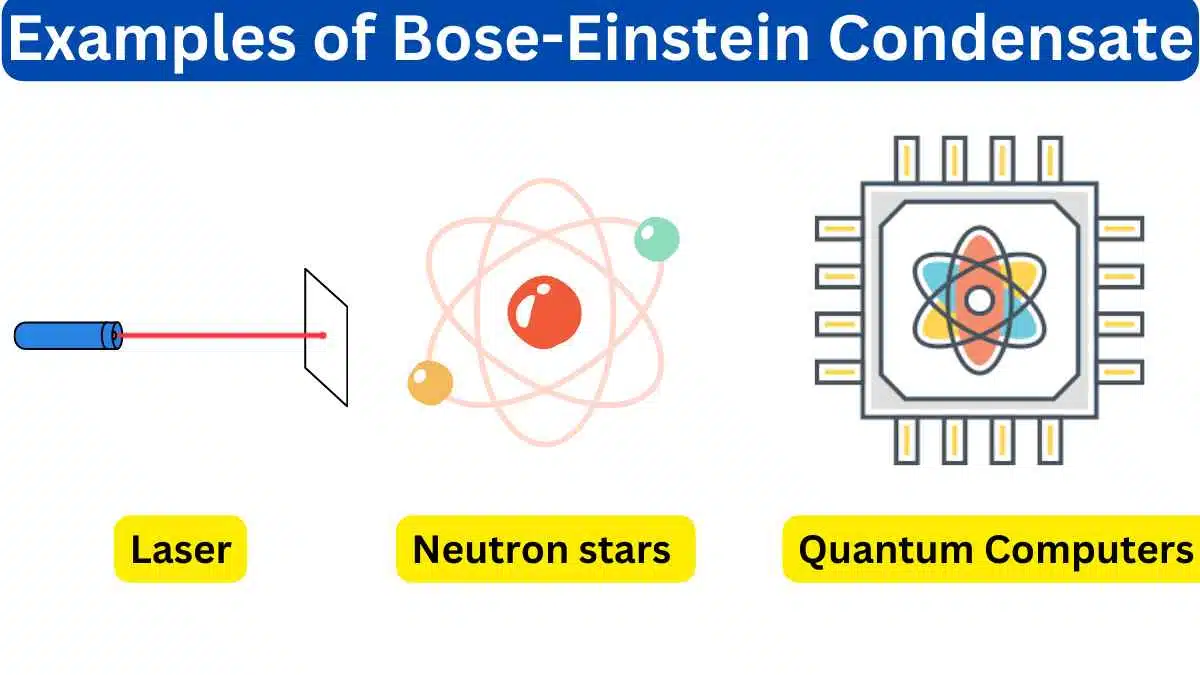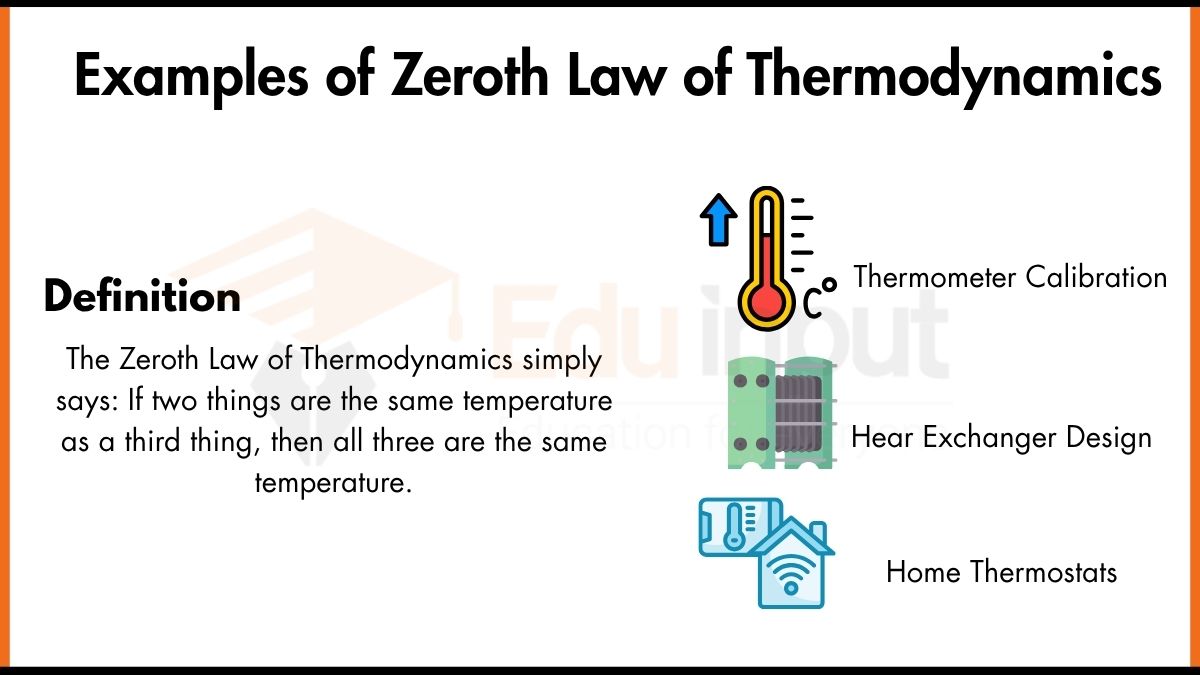10 Examples of Fission Reaction
Fission reactions are fundamental processes in nuclear physics and energy production. They involve the splitting of atomic nuclei and release a tremendous amount of energy. Examples of fission reactions include fission of uranium and plutonium.
Examples of Fission Reaction
Here are 10 examples of fission reactions.

1. Uranium-235 Fission
Uranium-235 (U-235) fission is perhaps the most famous example. When bombarded with neutrons, U-235 nuclei split into smaller fragments, releasing energy and more neutrons, a phenomenon essential for nuclear reactors and atomic bombs.
2. Plutonium-239 Fission
Plutonium-239 (Pu-239) fission is similar to U-235 fission and is used in nuclear reactors, including those for electricity generation and military applications.
3.Thorium-232 Fission
Thorium-232 (Th-232) can also undergo fission, although it requires a source of neutrons. This process is being explored as a potential source of nuclear energy.
4. Neptunium-239 Fission
Neptunium-239 (Np-239) is produced in nuclear reactors and can undergo fission. Its fission products are important in understanding reactor behavior.
5. Curium-242 Fission
Curium-242 (Cm-242) fission is used in the production of thermal neutron sources for scientific research and industry.
6. Californium-252 Fission
Californium-252 (Cf-252) is another isotope that can undergo fission. It’s used in neutron activation analysis and neutron radiography.
7. Americium-241 Fission
Americium-241 (Am-241) fission is used in certain types of smoke detectors to ionize air and detect smoke particles.
8. Berkelium-247 Fission
Berkelium-247 (Bk-247) is a transuranic element that can undergo fission and is studied for its nuclear properties.
9. Fermium-257 Fission
Fermium-257 (Fm-257) is a synthetic element with a short half-life that can undergo fission, contributing to our understanding of heavy element behavior.
10. Hassium-269 Fission
Hassium-269 (Hs-269) is a superheavy element that can undergo fission. Its study helps expand our knowledge of extreme nuclear reactions.







Leave a Reply